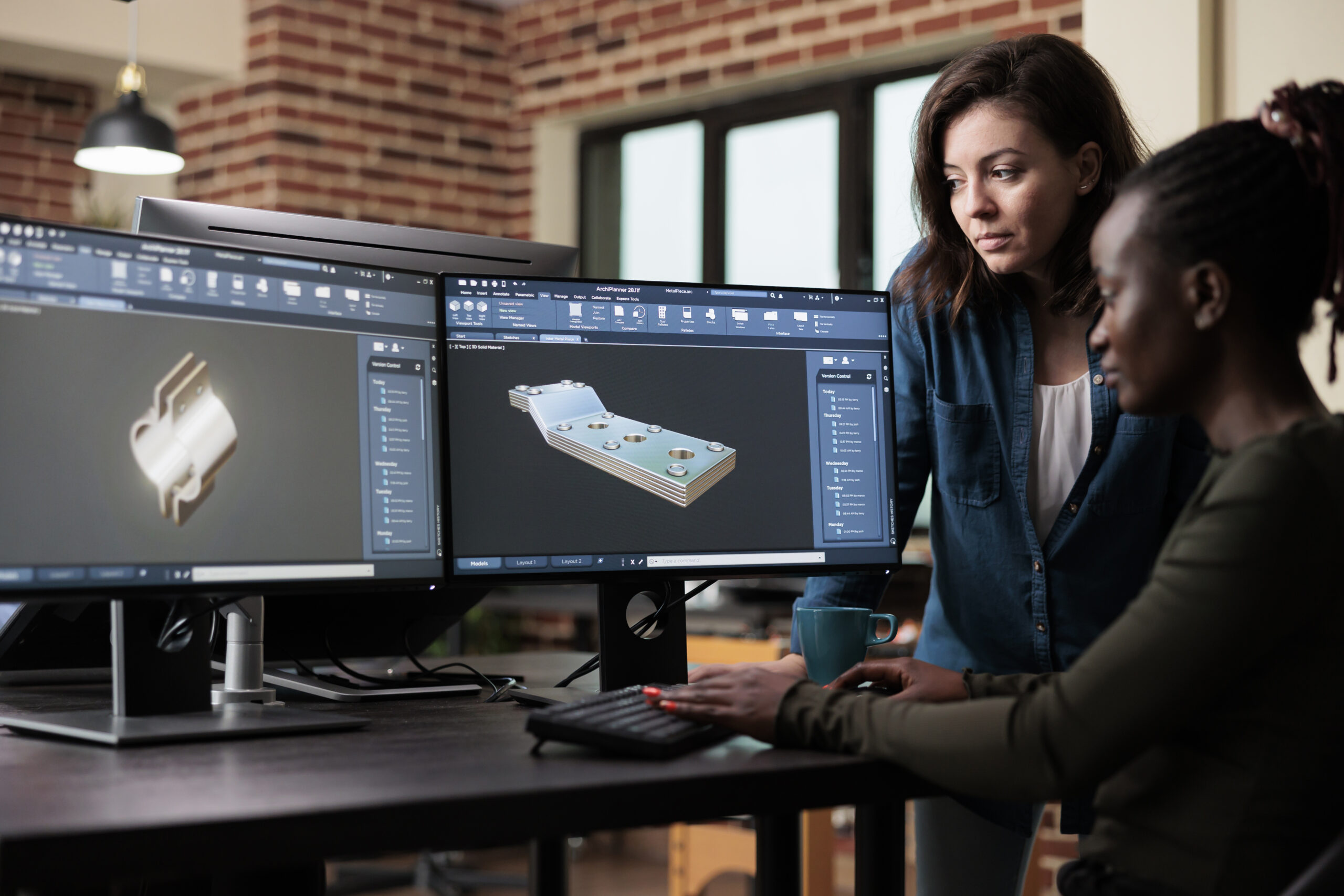The demand for custom interiors is growing rapidly in 2025, driven by advancements in construction technology, design personalization, and the increasing need for sustainable and functional spaces. At the heart of this evolution lies a critical yet often underappreciated service: millwork drafting.
Whether it’s for commercial offices, luxury residences, retail spaces, or hospitality environments, millwork drafting services have become essential for architects, interior designers, and custom joinery manufacturers. As the industry embraces digitization, AI, and global collaboration, the role of millwork drafting has shifted from traditional 2D sketches to fully integrated digital solutions.
In this article, we explore how millwork drafting is evolving in 2025 and the major trends influencing the future of custom interiors.
What Is Millwork Drafting?
Millwork drafting refers to the process of creating precise, scaled, and detailed drawings of custom woodwork elements. These include cabinets, shelving units, staircases, trims, molding, built-in wardrobes, reception desks, and various other architectural woodwork components.
Professional millwork CAD drawings typically include:
-
Elevations, sections, and plans
-
Material specifications and hardware details
-
Joinery connections and assembly instructions
-
Dimensions and tolerances
-
Notes on finishes and installation techniques
Accurate millwork drawings ensure clarity across teams designers, manufacturers, contractors, and clients leading to efficient production, reduced rework, and better design execution.
Top Millwork Drafting Trends in 2025
1. BIM Integration for Seamless Coordination
In 2025, Building Information Modeling (BIM) is no longer reserved for large-scale construction. It’s now being used extensively in millwork to coordinate interior elements with MEP (mechanical, electrical, plumbing) systems and structural elements.
By using platforms like Revit, millwork drafting professionals can:
-
Perform clash detection before fabrication
-
Generate data-rich millwork models
-
Share updates in real time with architects and consultants
-
Improve communication with stakeholders across the project lifecycle
BIM-based millwork drawings reduce site errors and help maintain timelines, especially on high-end commercial projects.
2. Photorealistic 3D Visualization
Client expectations have changed. Modern stakeholders want to visualize exactly what they’re paying for. This has led to an increase in photorealistic 3D millwork models, which are often used alongside 2D CAD shop drawings.
Benefits include:
-
Faster client approvals
-
Improved coordination with other design elements
-
Reduced design ambiguity
-
Better marketing assets for interior firms
Tools like SketchUp, 3ds Max, and Fusion 360 are now being integrated into millwork workflows for design presentations.
3. AI-Driven Drafting & Automation Tools
Artificial intelligence (AI) and machine learning are revolutionizing the CAD drafting space. AI-assisted tools are now helping drafters:
-
Auto-generate dimensioning
-
Detect logical errors
-
Suggest corrections based on building codes
-
Recommend cost-saving joinery adjustments
This saves hours of manual checking and allows teams to deliver highly accurate, code-compliant drawings faster.
4. Sustainability-Centric Documentation
In the era of green buildings and carbon-neutral initiatives, millwork drawings now include information on:
-
FSC-certified wood
-
Recycled and reclaimed timber
-
Low-VOC adhesives and coatings
-
Lifecycle environmental impact
Sustainable millwork detailing has become a major trend, especially in Europe and North America, where LEED and BREEAM certifications are valued.
5. Modular & Prefabricated Joinery Systems
To reduce construction timelines, many builders are opting for modular millwork systems. In 2025, millwork drafters are expected to create drawings that support factory assembly, transport, and quick on-site installation.
Key benefits:
-
Reduced waste
-
Lower labor cost
-
Minimal disruption during fit-outs
-
Repeatable designs for franchise and retail rollouts
6. Cloud-Based Collaboration and Remote Drafting Teams
With the rise of remote work, millwork drafting has become a global service. Software like AutoCAD Web, BIM 360, and cloud rendering platforms allow multiple stakeholders to work collaboratively from anywhere.
Leading millwork drafting providers like Shalin Designs now support clients in the UK, USA, Canada, Australia, and UAE with seamless file exchange, faster iterations, and transparent communication.
7. Increased Outsourcing of Specialized Millwork Services
With tighter project schedules and fluctuating design demands, many firms are choosing to outsource millwork drafting to specialized partners.
Benefits of outsourcing include:
-
Access to experienced CAD technicians
-
Scalable workforce on demand
-
Cost-effective pricing without compromising quality
-
Faster turnaround for multiple revisions
Outsourcing also allows in-house teams to focus on client engagement, conceptual design, and project management—while the technical documentation is handled by experts.
Why Millwork Drafting Will Be Even More Critical in 2025?
 As spaces become more bespoke, compact, and multi-functional, the need for accurate technical detailing continues to grow. Millwork drawings serve as the critical link between concept and construction. They directly influence:
As spaces become more bespoke, compact, and multi-functional, the need for accurate technical detailing continues to grow. Millwork drawings serve as the critical link between concept and construction. They directly influence:
-
Cost estimation and budgeting
-
Material procurement
-
CNC programming and cutting
-
Final aesthetic and user functionality
Poorly drafted or vague millwork drawings can lead to costly rework, delays, and dissatisfied clients issues that forward-thinking firms aim to avoid.
How Shalin Designs Supports the Future of Millwork Drafting?
As one of the leading CAD drafting service providers, Shalin Designs offers fully customized architectural millwork drafting services for residential and commercial interiors.
What sets Shalin Designs apart?
-
Expertise in AutoCAD, Revit, and Inventor
-
Tailored shop drawings for furniture makers and interior designers
-
Global delivery with time zone-friendly communication
-
Dedicated quality assurance with layered DWG/DXF files
-
Quick turnaround and scalable production support
Final Thoughts
Millwork drafting in 2025 is a blend of craftsmanship and technology. From smart automation to sustainability-focused documentation, the discipline is evolving rapidly to meet the expectations of a modern, design-savvy world.
If you’re an interior designer, architect, or joinery manufacturer aiming to deliver custom interiors with precision and efficiency, now is the time to adopt these millwork trends or partner with a professional drafting company like Shalin Designs to stay ahead of the curve.
